Antipodes K41 and K22 Music Servers
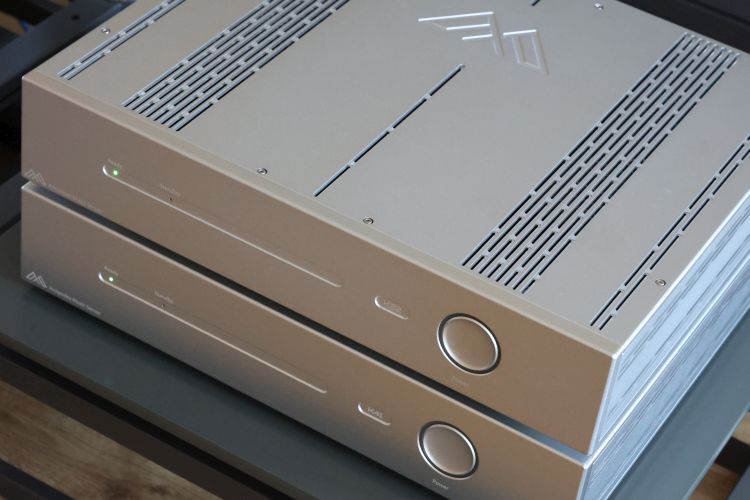
K50 Backstory
I got my K50 new in 2020 and at that time was told that it would change considerably while running in. And indeed, this turned out to be very true. After a few days, there was already a noticeable change, even more so after a few months, and after that, it kept developing more slowly for the best part of the year. In a nutshell, it sounds superbly involving right out of the box but is relatively slightly hard, and compared to its ultimate presentation, a little tensioned and clean. Over the first days, it soon gains more lushness and relaxed smoothness while shedding the slight electronic signature to become more organic, and this process deepens over the next months.
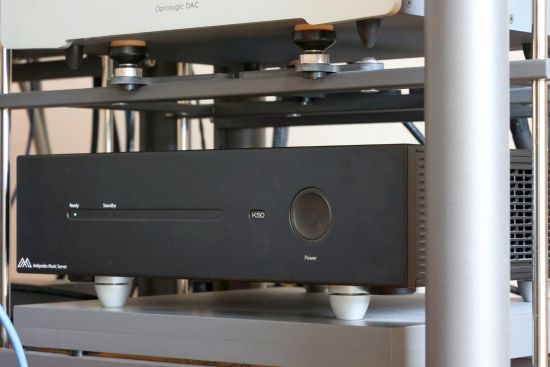
K50 on Finite Elemente Ceraball Universal footers, as I normally use it.
Running In
When connecting the K41 for the first time, I heard similar signs of “newness” as with the K50 but I had a strong feeling that the K41 had made some strides in terms of technical aspects such as resolution and transparency. Upon checking with Antipodes’ Mark Cole, I was informed that compared to the K50 that I have (with a single I2S output), the model was indeed later revised to have a new power supply and re-clocker. Furthermore, he mentioned that the K41 carries the new power supply configuration of the second-gen K50.
Knowing how much the K50 changed while running in, I left the K41 and K22 powered on for several weeks before doing my serious listening. And indeed, I found that they changed significantly from the first notes they played after being powered on for only a couple of days compared to playing for a few weeks. Interestingly, although the K41 sounded initially a little cold and hard, it also sounded immediately thoroughly musical. Even when new, it impressed me with its abundant involvement.
My eventual listening impressions for the remainder of this review are based on the servers being powered on for roughly a month.
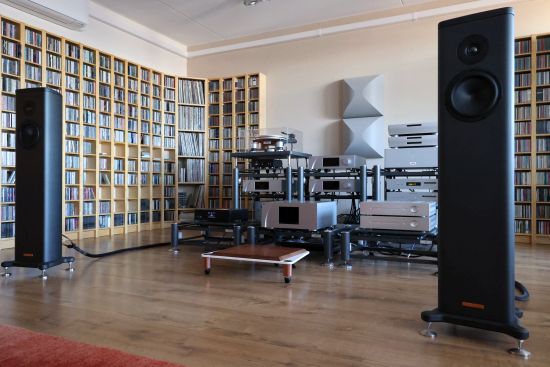
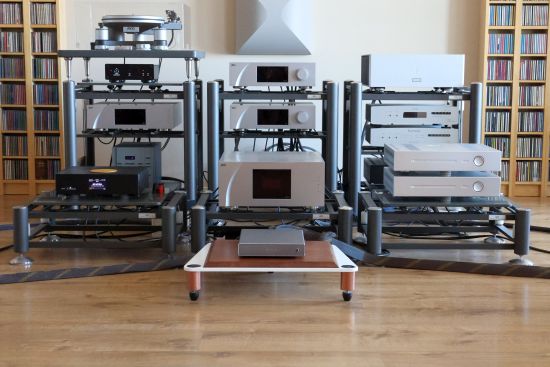
Review Context
The K41 and K22 were listened to in the main system that consists of the CH Precision C1.2 DAC, CH Precision L1 preamplifier, CH Precision A1.5 power amp, and Magico S1 MkII speakers. Other digital sources include the Grimm MU1 and Antipodes K50 Music Servers (both running Roon), and the Aqua LinQ network interface. In addition to the Magicos, I will also be using Seawave Acoustic Aletheia III and AM23 loudspeakers which are currently also being reviewed.
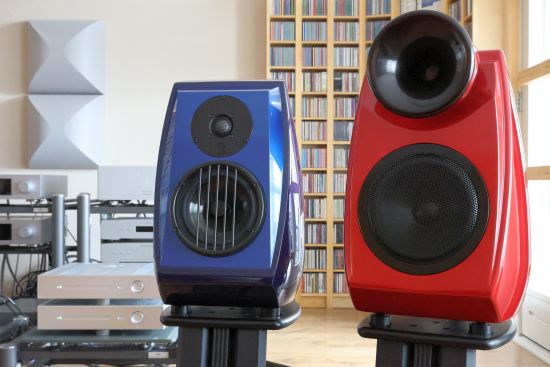
All interlinks are Driade Flow Link Reference 808, both balanced and unbalanced. The speaker cables for the Magicos are the Mad Scientist Black Magic while the speaker cables for the Seawave speakers are Driade Reference 808.
The Antipodes units were placed on Artesania Aire Floor Platforms (with Carbon Fiber Linear arms) which are basically identical-sounding lower versions of the Exoteryc rack. On top of the floor platforms, I use Artesania KSH2 Krion shelves so that review components can be used with their own feet, or if needed, a selection of after-market feet.
Listening
For this review, I will be using Roon primarily, but further below, I will also briefly touch on the combo’s other server/player software solution options.
K41 streaming to CH C1.2 DAC
Starting with the K41 server and streaming via a standard gigabit Cisco network switch to the CH Precision C1.2 DAC’s network input, the Antipodes server has an engagingly soulful delivery. It’s meaty, dense, smooth, and full-bodied, as well as upbeat and toe-tappingly rhythmic, and beautifully liquid and continuous. It has the kind of sound that is easy to get into and that is relaxing without being laid back.
The K41’s character contrasts with the kind of delivery that you get with a typical NAS (grayer and more barebones) and it is also different from the Grimm MU1 that I normally use. In terms of soundstaging, focus, and resolution, I would call it a tie, but the Grimm’s most obvious assets are its nimbleness, fast transient behavior, and transparency and I think it’s fair to say that it pulls ahead in these aspects. But it’s also fair to say that it is not nearly as timbrally rich, or tonally as saturated as the K41, and depending on the setup, the Grimm can be dry or matter-of-fact, which the K41 most certainly is not.
Next, instead of having the K41 and the C1.2 connected to the same network switch, I tried a direct network connection between the K41 and the C1.2 DAC using the server’s Direct Stream output and the same type of standard OEM Cat6 cable that I use for all the components. Surely, that couldn’t make much of a difference, could it? But it sure did!
Connected this way, the K41 became slightly more slender but otherwise retained its signature full-blooded, rich, and deeply saturated sound while the bass tightened up and became more incisive, and the overall transparency increased. While this did not make it quite as articulate and direct as the Grimm (which is admittedly very fast), it certainly sounded plenty fast.
Of course, we’re still only listening to the K41 server. From earlier experience, I know that considerably more lies ahead when one combines an Antipodes server with an Antipodes player. But before I dive into the performance of the K41 + K22 combo, let’s take a closer look at the K22.
K22 Reclocker Outputs
The Reclocker section is a proprietary Antipodes board that feeds the digital output section. As I found with the K50, this section is largely responsible for the Antipodes trademark organic free-flowing, room-filling ambiance. The Reclocker section outputs to S/PDIF on RCA, S/PDIF on BNC, Optical TOSlink, AES3, I2S on RJ45, and I2S on HDMI, and all these outputs can be used simultaneously. Upon making a selection in the User Interface, the unit can alternatively provide output via USB. In that case, the signal bypasses the Reclocker section, which results in a different sonic presentation.
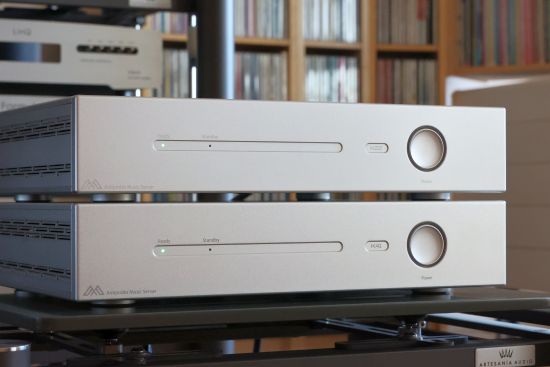
K41+K22 via AES/EBU
As I wrote further up, the K41 is a fully accomplished server on its own. But now it was time to hear how the K41 and K22 would work as a combo. For this, I connected the K22 via a network cable to the K41’s Direct Stream output and connected the K22 to the C1.2 DAC via a Jorma AES/EBU cable.
One might question how adding an extra endpoint via a direct Ethernet connection and connecting it to a DAC via AES/EBU could possibly improve over direct streaming. I wish I knew a satisfying answer but I do not. All I know from earlier experience with the EX and CX is that it does some amazing things.
And sure enough, this also applies to the K41+K22 combo. As good as the K41 sounded on its own, it’s only after forming a pair with its natural K22 partner and when using its reclocker output stage that true magic is in the air. Not just in a manner of speaking, it’s actually there, and in abundance!
When I was using only the K41 via ethernet compared with the Grimm into the C1.2 DAC, interestingly, the soundstaging and focus between the two were very similar. How different this became after adding the K22. Now, the room was positively filled with ambiance! This was not an artificially blown-up stage with unnaturally expanded instruments and vocals within. The stage itself retained its width and height and the focus and overall precision also remained very similar. More impressively still, the artists within that room-filling ambiance had suddenly become living-and-breathing entities.
The presentation is not just expansive in a static manner, but it breathes, moves, and flows just as required by the music. All this culminates in the kind of performance that totally takes the focus away from audiophile aspects and lets the listener undergo the music. But with my critical mind screwed back on, I can add that the K22, like the K41, has a fulsome sound. It’s meaty, full-bodied, and rich in tonality and this also makes it a little less tight and articulate than I normally like.
However, the Antipodes duo is not about ultimate precision, it is all about conveying the soul of the music. In addition, vocals and center-stage instruments possess something of an inner essence, almost like a glow. I realize this may convey a feeling of warmth or honey-like behavior but it’s not like that. I wouldn’t even call the K41 and K22 warm per se. They’re richly saturated and full-bodied, but there’s no rose-tinting and no cream added.
Somehow, the duo injects the music with passion, soul, and depth. Speaking of which, the K22 not only allows room-filling ambiance but also extends the soundstage layering considerably deeper into the depth plane.
I played all kinds of music just to make sure I wasn’t being seduced by what could ultimately be an effect but sure enough, everything I played sounded nothing short of absolutely credible. Everything sounded just right, utterly realistic, and always with an inner soulfulness that made me connect with the music ever so effortlessly.
Regular readers know how I tend to go on about bass tightness and transient behavior. Of course, I paid special attention to these aspects. Going back to the K41 streaming to the C1.2 directly brought me back to earth with a sound that was technically still great and indeed slightly tighter and slightly faster, but comparatively sober. Switching to the Grimm via AES/EBU provided a technically even more correct sound with even tighter bass control and more immediate impulsive behavior but also more sobriety.
It is a matter of personal preference, but ultimately of little consequence as the Antipodes combo manages these aspects well enough while being sublimely accomplished in so many other ways.
I also tried the K22 as an endpoint together with the Grimm as a server but that resulted in a bit of a mixed bag. On the one hand, the K22 now sounded tighter and leaner than with the K41, but on the other hand, it was now missing a sizable portion of the well-saturated and involving organic naturalness that develops so synergetically when it is combined with the K41. It sounded really quite good, just like the K41 on its own sounded very good. But, clearly, the real magic is achieved when the two units are combined.
K50
Since the K41 + K22 equal a K50 in a single enclosure, the K50 should have similar sonics, and when compared directly, it does indeed, where the flow, harmonics, tonal saturation, and emotional involvement are concerned. But as alluded to in the server-only comparison further up, the K50 sounds markedly rounder and less spritely and it does not match the control, speed, and rhythmic propulsion of the new combo. In car terms, it has plusher suspension and lazier gear shifts. As mentioned, this is likely for the most part down to design changes that were incorporated in a later version of the K50 and that have also found their way into the K41 and K22, meaning that a current K50 should sound close to what the combo achieves.
K41+K22 via USB
From experience with the K50, I had prior knowledge of how USB compares to the reclocker outputs. But one never knows, things could always turn out differently with the K22. So, I connected the best USB cable that I have which is the Final Touch Audio Sinope, then selected the USB output in the User Interface, and replayed the last played songs I played earlier.
As it turns out, the K22’s outputs behave precisely like the K50. I should note that the sound of a USB connection ties in with the interfaces on both ends, but with the C1.2 DAC, the K22’s USB output sounds a little different from streaming directly. In this case, USB sounds a little fuller and a little more saturated, and slightly more expressive, but otherwise, it is not very different. Of course, that is still very good, as I described in the first “K41 streaming to CH C1.2 DAC” paragraph. The thing is that the reclocker outputs spoil a person. Once heard, you cannot unhear it quite so easily! Compared to AES/EBU, USB now just sounds cooler, spatially constrained, and relatively technical, resulting in a sound that is cerebrally well received but does not establish the same deep emotional connection.
K22 used as Server + Player
The K22 also incorporates a server and thus can be used all on its own. As it contains the all-important reclocker section, would it also offer a substantial portion of the full combo’s sonic performance? My listening tests soon answered that question with a resounding “You bet it does”!
After hearing the mesmerizing magic of the K41+K22 combo, I prepared to move back a few rungs on the sonic ladder with the K22-solo but as I played through my test tracks, the K22 ticked so many of the same boxes of the combo that my critical assessment was momentarily halted and the question sort of floated into my mind if this server was any less accomplished than the combo, where would that be? It offers the exact same tonal balance and it sure wasn’t reducing the musicality or involvement. Moreover, even in terms of resolution, transparency, and texturing, the K22-solo was not yielding to the combo.
So, where do the differences lie? The K22 actually sounds a little leaner and tighter than the combo, arguably slightly nimbler but also a little drier, not quite as smooth and luxurious, a little less deeply saturated, and spatially a little less deep and enveloping. But that’s it. Otherwise, I had the feeling of listening to the big combo!
Operationally, the K22 also feels very fast, just like the K41, it responds immediately to play/next and other commands. The only area where you can feel that it contains a less powerful processor than the K41 is in the loading of new screens in Roon with cover art tiles or artist photos. The loading of data is just a tad less instant but still quick. So, I guess the only practical downside of its more humble processing power is precisely as Antipodes indicate: not intended for huge libraries (>8TB) or heavy DSP functions.
Next: Other Apps, Tweaking, and Conclusion
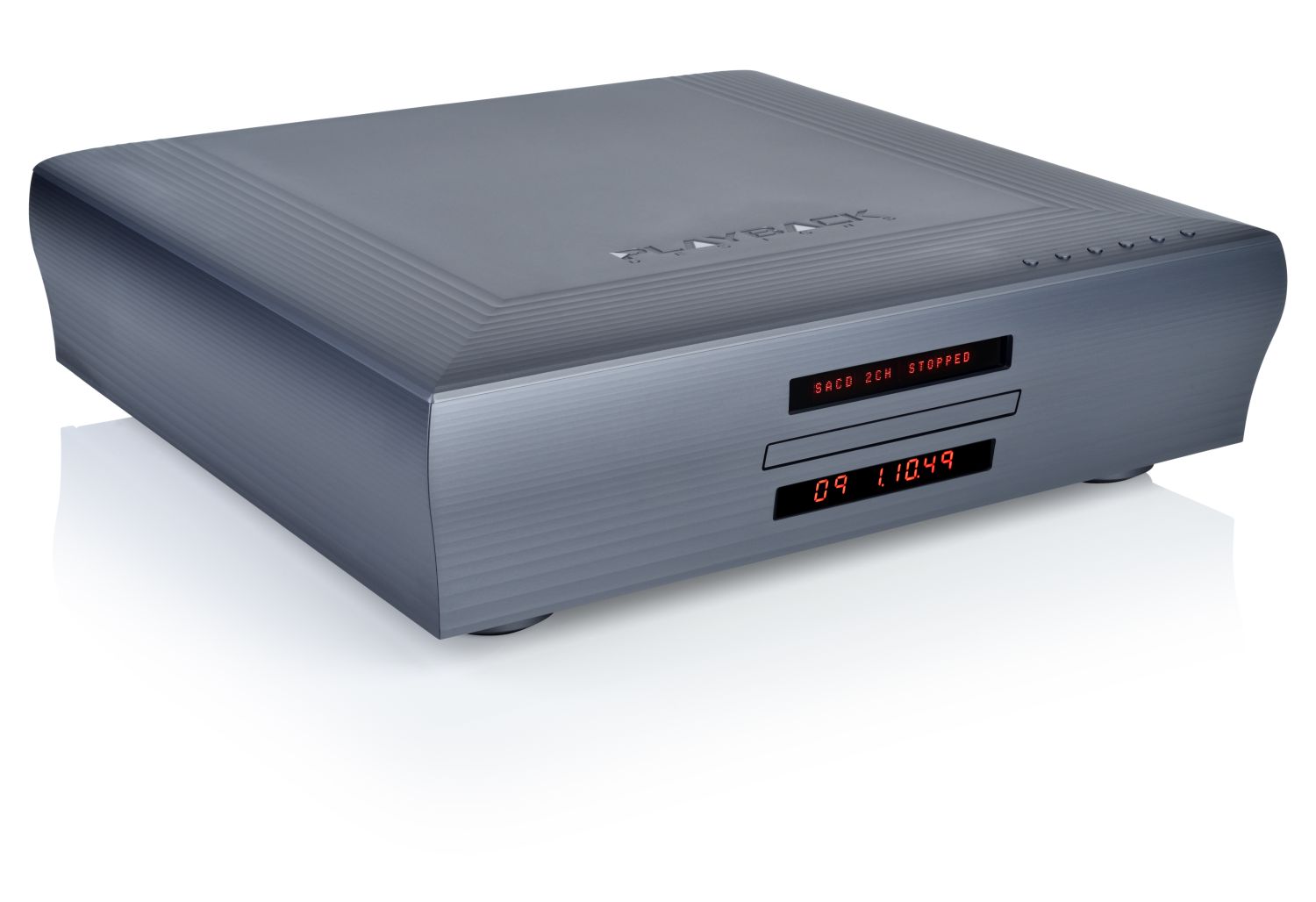







Thank you for such a thorough explanation of the component interactions, configurations and tweaks. Nobody else I found does this like you do. This is why I value you as the best resource to understand how music servers sound.
Thank you for your kind words.
Hi — just wondering if you have a review of the Oladra on the horizon. Thanks. David
I do indeed:-) It’s on its way here but I have several other reviews cued up so it will probably be ~2 months before it’s done.
Great, thanks. I look forward to it.
Hypothetically speaking, if you already had a very well reclocked high end streamer and USB DAC, would the K41 connected through the network as a Roon Core, contribute to a better sound compared to NUC with external LPSU running Rock?
I’ve not yet worked with Roon Rock but in my experience so far, the influence of a server is always audible. I must add that I have little experience with external clocking. Theoretically, this could reduce the difference, although I’d wager that there will always be an audible difference, no matter what you do. Power supplies also have a huge impact on the end result but I’ve not yet encountered a server that sounds quite like an Antipodes.
In my experience, yes. I combine an Esoteric N-01 with the Antipodes K41 (with the N-01 functioning as a streamer and DAC). Before that I had an Antipodes EX. The switch from EX to K41 was significant.
I have used the Bubble UPnP app for Android for years. The new application for IOS , JPlay UPnP , is much better , it has less impact on the network and the SQ obtained is much higher , besides being the competition of ROOM in metadata . Although it is priced higher than Bubble, €50 per year, it is the best investment. You should try it , there is a free trial month . Carlos
Thanks for this superb review, Christiaan. I’d been considering a move to the K50 from my Sonore Rendu and a K50 customer and friend suggested I consider the K22 which would deliver the same SQ bump as the K50 while allowing me to keep my SonicTransporter server, thereby saving the difference between the the K22 and the K50. Sure, if money no object I’d be all in for a K50, but the price is a bit hefty for me at this time.
So in your opinion, given the accolades that you ascribe to the K41, would this solution be a viable one, or would the system suffer by “compromising” in choosing only the K22? I’m using the Mola Mola Tambaqui DAC and the Manual preamp into a Class A Krell Thanks
Hi Bob, indeed, a K22 is essentially the player section of the K50 As mentioned in the review, adding the K41 or getting a K50 does make a difference still, but much of the Antipodes experience is in the player and especially the Reclocker section. This makes getting just the K22 a smart move and a great way to save some money. And you can always add the K41 later if you get the upgrade itch;-).
Thank you, Christiaan; your incredible knowledge and judgement account for why you stand out in a crowded field. We all appreciate you. This edges me closer. I was kind of torn between purchasing a (slightly) used K50 Gen3 or this Gen4 K22. Seems to make sense to go new and current … 🙏🏻